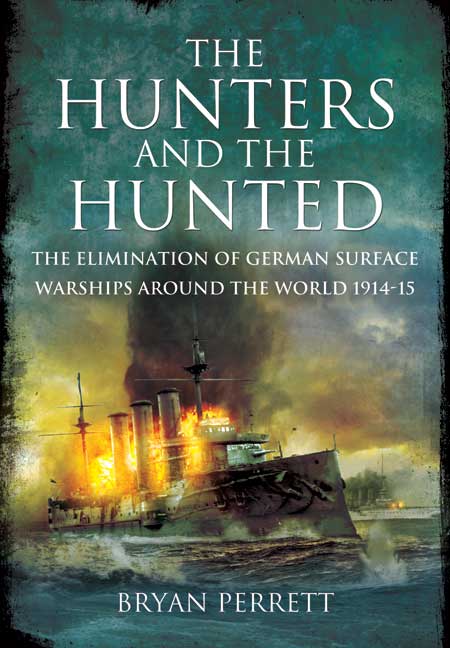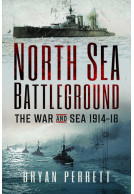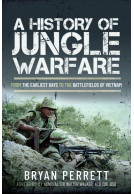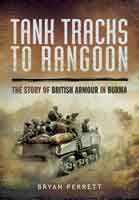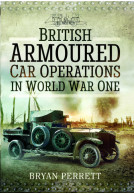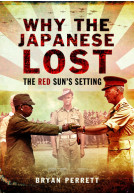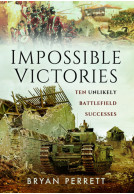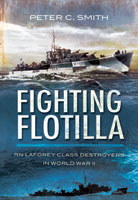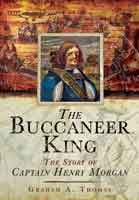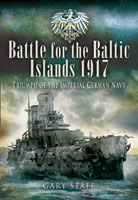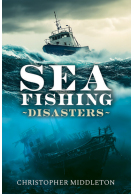The Hunters and the Hunted (eBook)
The Elimination of German Surface Warships around the World, 1914–15
Imprint: Pen & Sword Maritime
File Size: 2.3 MB (.epub)
Pages: 150
Illustrations: 30 mono illustrations
ISBN: 9781783033904
Published: 31st August 2012
| Other formats available | Price |
|---|---|
| The Hunters and the Hunted Paperback Add to Basket | £15.99 |
| The Hunters and the Hunted Hardback Add to Basket | £19.99 |
At the start of World War One the Imperial German Navy had a large number of surface warships deployed around the world. These posed a considerable threat to British mercantile interests, particularly the import of food and fuel supplies. Their elimination was a matter of urgency.
This book covers the major actions and includes the escape of the Goeben and Breslau to Turkey, where they became units of the Turkish Navy serving in the Black and Aegean Seas. The cruiser Emden, detached from the German East Asia Squadron, sank a Russian cruiser, a French destroyer and twenty-one merchant ships, destroying a cargo valued at £3 million. She was later cornered and sunk by the Australian cruiser Sydney while raiding the Cocos Islands. Also mentioned in this book is the mystery of the Karlsruhe, which was destroyed by an internal explosion.
The German East Asiatic Squadron, consisting of the armoured cruisers Schanhorst and Gneisienau and several light cruisers made passage across the Pacific to the west coast of South America where they encountered and sank two British cruisers, the Monmouth and Good Hope, before themselves being sunk off the Falkland Islands.
The Konigsberg operated from Germany's colony of Tanga. After sinking a British cruisershe hid in the upper reaches of the Rufiji River. After a lengthy naval and air campaign by British forces she was finally destroyed by the indirect fire from two RN Monitors.
By the middle of 1915 the high seas had been mostly cleared of German surface warships, but three armed German ships dominated Lake Tanganyika. Two British armed motor boats were shipped to the West African coast from England where they made their way by river and an overland haulage to the lake, a 400 mile journey. The result was the destruction of the German gun boats and the invasion of Tanganyika by British forces. This operation became the inspiration for CS Forester's novel The African Queen and the film that followed.
As mentioned in
Lancashire & North West Magazine
Well-written, often stirring, very informative and a worthwhile read for anyone interested in navies at war, and in particular for those interested in the Great War at Sea.
www.stategypage.com
Bryan Perrett does a great job reminding us just how important it was for the Royal Navy to seek and destroy a number of German surface ships on the loose in the first two years of the war in his very entertaining book.
War History Online
This book delivers as much tragedy as it does action and derring-do, for with every victorious sinking there has to be a loser with loss of life and the author is not slow to sympathise with either side under the circumstances. In many cases we read of immense chivalry from the German captains of cruisers and armed merchantmen who showed great decency towards prisoners and they deserve immense credit for their humanity.
The accompanying photographs are many and excellent and the way the chapters are set out allows you to dip in and out at leisure.
…the overall quality of this book is absolutely first rate.
This is the incredible tail of the battle between two armed merchant cruisers, the British Carmania and the German Cap Trafalgar. Imagine the scene where the British ship came up on the German vessel which had been disguised to look like it! The rest, as they say, is history. Bryan Perrett tells it well. Find out what happens, you know it makes sense.
http://www.warhistoryonline.com/reviews/review-the-hunters-and-the-hunted-the-elimination-of-german-surface-warships-around-the-world-1914-15.html
Perrett’s superbly detailed book covers all the major actions including the escape of the Goesben and Breslau to Turkey, where they became units of the Turkish Navy serving in the Black and Aegean Seas.
Lancashire Evening Post
The Hunters and the Hunted is a breathtaking story of daring and adventure, with examples of heroics, chivalry and some foul deeds from both sides. Perrett sheds new light on a forgotten chapter of the Great War and reminds us again of just how vast and all-encompassing was this terrible conflict.
At the start of WWI, the Imperial German navy had a large number of surface warships compromising British mercantile interests. They had to be destroyed. Here, Perrett covers all the major actions of that campaign.
Military History Monthly
At the outbreak of the First World War the Imperial German Navy had a considerable number of surface warships deployed around the world. These ships posed a serious threat to British merchant vessels, particularly the import of food and duel supplies so it was decided to hunt down and destroy the German warships before they could wreak havok. The book provides a fascinating narrative, looking as it does how the German Navy conducted this type of war and the role of the Royal Navy in the destruction of the German naval vessels.
Military Machines international
At the start of the First World War the Imperial German Navy had a number of surface warships deployed around the globe. These obviously posed a serious threat to Allied shipping and every effort was made by the Royal Navy to track down these vessels and bring them to battle. Amongst these was the light cruiser Kalsruhe which began attacking ships in the Caribbean almost as soon as war had been declared. In the course of just two months she captured and sank no less than sixteen British merchant ships, with a combined weight of 72,216 tons.
Britain at War
Amongst the other actions in this book at the Battle of the Falkland Island, the Battle of Coronel and the actions on lake Tanganyika.
About Bryan Perrett
Bryan Perrett was educated at Liverpool College. He served in the Royal Tank Regiment and was awarded the Territorial Decoration. A professional military historian for many years, his books include A History of the Blitzkrieg and Knights of the Black Cross: Hitler's Panzerwaffe and its Leaders. His treatise Desert Warfare was widely consulted during the Gulf War. His most recent works, including Last Stand!, At All Costs! and Against all Odds! examine aspects of motivation. During the Falklands and Gulf Wars Bryan Perrett served as Defense Correspondent to the Liverpool Echo. He is the author of The Hunters and the Hunted (2012), Why the Germans Lost (2013) and Why the Japanese Lost (2014), all published by Pen and Sword Books.







